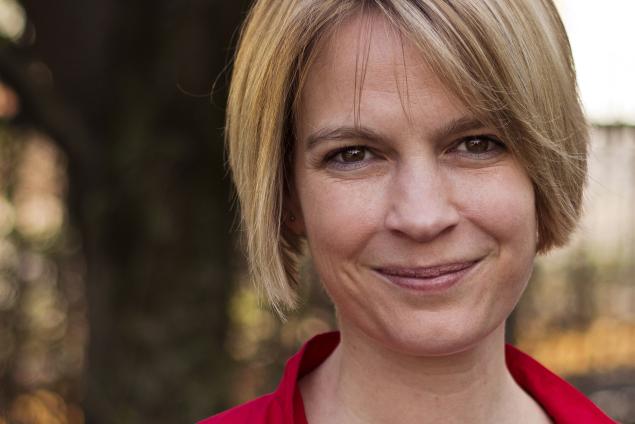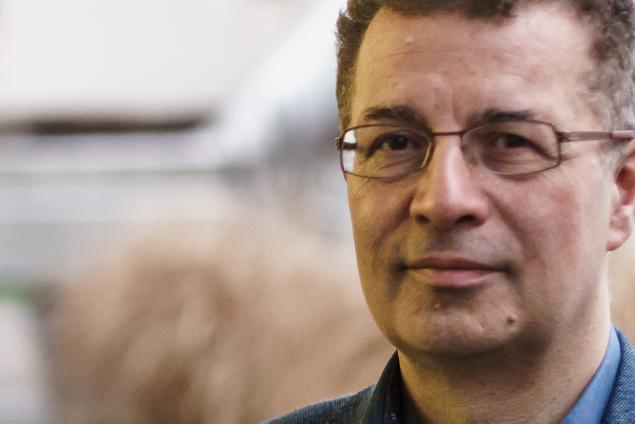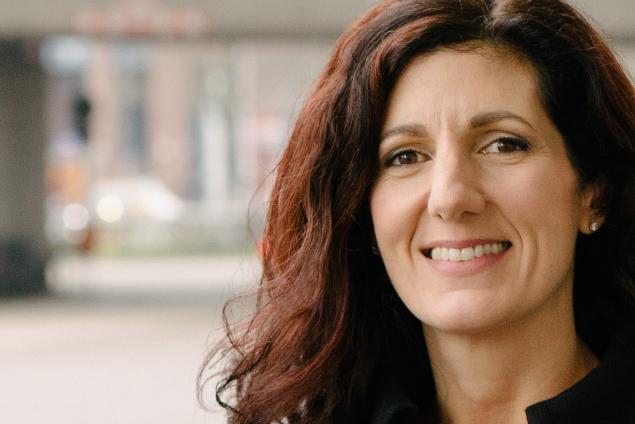Autism spectrum disorders are largely of genetic origin, and 5-10% of cases are currently known to be caused by a single gene mutation. Understanding the consequences of these mutations in detail can open the way for medical treatment. The study presented in this video focused on how a frequent mutation seen in patients with autism spectrum disorders causes the brain dysfunction that leads to the behavioral symptoms. Based on mice with the same genetic lesion that is known to cause autism spectrum disorder in human patients, mutant brains and nerve cells and the behavior of mutant mice were examined. The mice showed clear signs of autism related behavioral defects, and further analyses provided insights into the changes in brain function that are caused by the gene mutation, as NILS BROSE explains in this video. The corresponding data show that synapses of nerve cells that use the neurotransmitter GABA are particularly affected by the mutation. If these results can be confirmed to reflect the situation in the human body, there would be a chance to interfere with medication targeting GABAergic synapses.
DOI:
https://doi.org/10.21036/LTPUB10270
Researcher
Nils Brose is Director at the Department of Molecular Neurobiology of the Max Planck Institute for Experimental Medicine in Göttingen, Germany. Brose completed his studies with a Master’s degree in Physiology from the University of Oxford and a PhD in Biology from the Ludwig Maximilians University Munich.
Brose’s fields of expertise are the molecular mechanisms of nerve cell development. As leader of the research group on molecular neurobiology, Brose researches synaptic cell adhesion proteins and how they influence neuropsychiatric diseases, such as autism spectrum disorders.
Institution
The Göttingen-based Max Planck Institutes (MPI) for Biophysical Chemistry and Experimental Medicine have merged as of January 1, 2022. This will establish a new MPI, the Max Planck Institute for Multidisciplinary Sciences. It will cover a much broader spectrum of research, thus promoting disciplinary diversity and collaboration. With a total of 16 departments and more than 25 research groups, the MPI for Multidisciplinary Sciences will be the largest institute in the Max Planck Society. To maintain a high scientific standard, an advisory board of international scientists regularly assesses the research undertaken here. A board of trustees, composed of scientists as well as representatives from industry and politics, supports the integration of the institute's work into the wider social context.
Original publication
Perturbed Hippocampal Synaptic Inhibition and Gamma-Oscillations in a Neuroligin-4 Knockout Mouse Model of Autism
Hammer Matthieu, Krueger-Burg Dilja, Tuffy Liam Patrick, Cooper Benjamin Hillman, Taschenberger Holger, Goswami Sarit Pati, Ehrenreich Hannelore, Jonas Peter, Varoqueaux Frederique, Rhee Jeong-Seop and Brose Nils
Cell Reports
Published in 2015
Reading recommendations
Kontaktscheue Neurone
Brose Nils
Gehirn und Geist
Published in 2008
Neuroligins and Neurexins Link Synaptic Function to Cognitive Disease
Südhof Thomas C.
Nature
Published in 2008
The Role of Neurexins and Neuroligins in the Formation, Maturation, and Function of Vertebrate Synapses
Brose Nils, Papadopoulos Theofilos, Krueger Dilja D. and Tuffy Liam P.
Current Opinion in Neurobiology
Published in 2012
Neurobiology of Autism Gene Products: Towards Pathogenesis and Drug Targets
Brose Nils, Kleijer Kristel TE, Schmeisser Michael J, Krueger Dilja D, Boeckers Tobias M, Scheiffele Peter, Bourgeron Thomas and Burbach J Peter H
Psychopharmacology
Published in 2014
From the Genetic Architecture to Synaptic Plasticity in Autism Spectrum Disorder
Bourgeron Thomas
Nature Reviews Neuroscience
Published in 2015
Neuroligins Determine Synapse Maturation and Function
Varoqueaux Frederique, Südhof Thomas C., Brose Nils, Aramuni Gayane, Rawson Randi L., Mohrmann Ralf, Missler Markus, Gottmann Kurt and Zhang Weiqi
Neuron
Published in 2006
Reduced Social Interaction and Ultrasonic Communication in a Mouse Model of Monogenic Heritable Autism
Fischer Julia, Hammerschmidt Kurt, Ehrenreich Hannelore, Varoqueaux Frederique, Brose Nils, Jamain Stephane, Radyushkin Konstantin, Granon Sylvie, Boretius Susann, Ramanantsoa Nelina, Gallego Jorge, Ronnenberg Anja, Winter Dorina et al
Proceedings of the National Academy of Sciences
Published in 2008
A Conformational Switch in Collybistin Determines the Differentiation of Inhibitory Postsynapses
Varoqueaux Frederique, Brose Nils, Soykan Tolga, Schneeberger Daniela, Tria Giancarlo, Buechner Claudia, Bader Nicole, Svergun Dmitri, Tessmer Ingrid, Poulopoulos Alexandros, Papadopoulos Theofilos and Schindelin Hermann
The EMBO Journal
Published in 2014
Neuroligin-4 is Localized to Glycinergic Postsynapses and Regulates Inhibition in the Retina
Hammer Matthieu, Taschenberger Holger, Varoqueaux Frederique, Brose Nils, Soykan Tolga, Hoon Mrinalini, Falkenburger Björn, Patrizi Annarita, Schmidt Karl-Friedrich, Sassoè-Pognetto Marco, Löwel Siegrid and Moser Tobias
Proceedings of the National Academy of Sciences
Published in 2011
Show more




